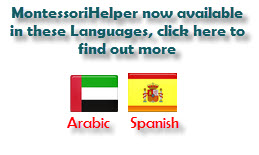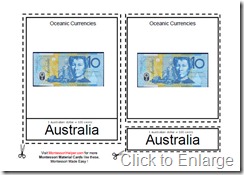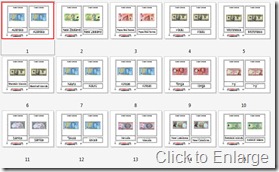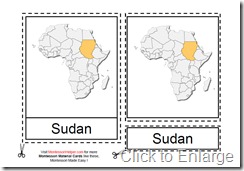
MontessoriHelper is an educational website which provides Lessons and Materials Memberships based on the Montessori Method of Education.
We have always been true to our promise “Montessori Made Easy !”, infact so much so, that we decided to re-evaluate our membership site structure to improve on our promise. Sure, we had been running on the same reliable membership plugin (not DAP …aka “Digital Access Pass”) for about a year and even though everything was working smoothly, we felt that it was just too hard for our customers and that we had to do something to improve this….even if it meant re-structuring the whole (600 page) website and editing each page, because our promise is paramount.
So, we started looking at Membership plugins again, and we already had a pretty good idea of the usual suspects, and came across DAP for the first time. We had not seen DAP before and we were rather sceptical about it. They had lots of positive customer revues, and we could not find one negative review. On the face of it though , it looked like the other plugins and we were concerned about running outside of WordPress. They also did not offer any trial options, and it was only the 30 day money back guarantee which finally allowed us to consider DAP.
So why did we choose DAP ? Like us, they made promises which we resonated with…they promised to be affiliate ready right out of the box, they promised to allow your customers direct access to their content, they promised to be a fully functional autoresponder, they promised best value (with affiliate and autoresponder functionality already built in), and they promised to make it easy to manage members and your site. Sound familiar ?
We took the plunge and though it was real hard work to rebuild a fully functioning website with almost 3000 members, after a few days we were able to validate every one of those promises.
Our customers can now access content immediately when they sign up, they can promote us organically (and earn affiliate commission when doing this), and the whole process from registration, to login to payment is automated….but most importantly is quicker, way more user friendly and more effective for our customers,
and that is why we chose DAP….and you can choose it now just by clicking here
Kudos to DAP, they makes things easier for our customers, and they allow us to keep our promise.
..
Compare Membership Options ?
Newsflash => Hi Everyone, Just a quick note to let you know we are having lots more happy customers since we upgraded our website membership plugin recently (which is fantastic BTW) and now you can get to what you are looking for quicker, because we do mean what we say when we say “Montessori Made Easy !”. Thanks for your comment Emmalice, it helps us to know we are doing what is best for you, our most valued Members 🙂

We are currently moving everyone across to the new system so please do bear with us we will get you there as soon as possible. You are important to us so If you have any need to contact us just use the contact tab on the left.





![image[5][3][3][3] image[5][3][3][3]](https://montessorihelper.com/wp-content/uploads/2012/11/image5333.png)
![image[5][3][3] image[5][3][3]](https://montessorihelper.com/wp-content/uploads/2012/11/image533.png)
![image[5][3] image[5][3]](https://montessorihelper.com/wp-content/uploads/2012/11/image53.png)
![image[5] image[5]](https://montessorihelper.com/wp-content/uploads/2012/11/image51.png)









![image[4] image[4]](https://montessorihelper.com/wp-content/uploads/2012/11/image41.png)

![image[4] image[4]](https://montessorihelper.com/wp-content/uploads/2012/11/image4.png)




 Because of it’s benefits, the Montessori Method has become a global phenomenon over the years.
Because of it’s benefits, the Montessori Method has become a global phenomenon over the years.


















 '
'